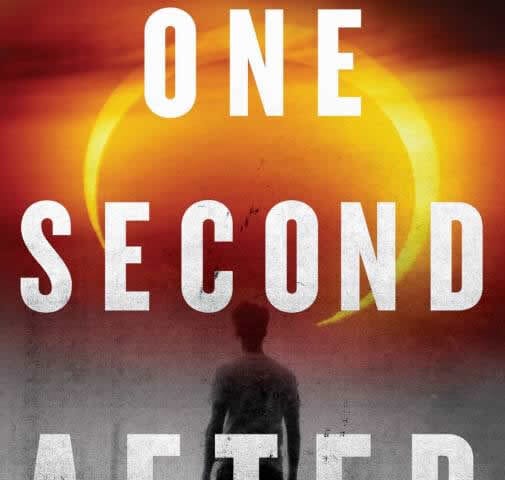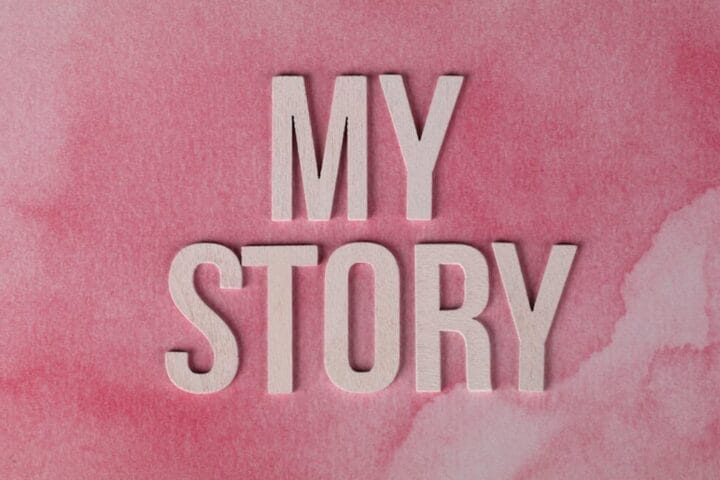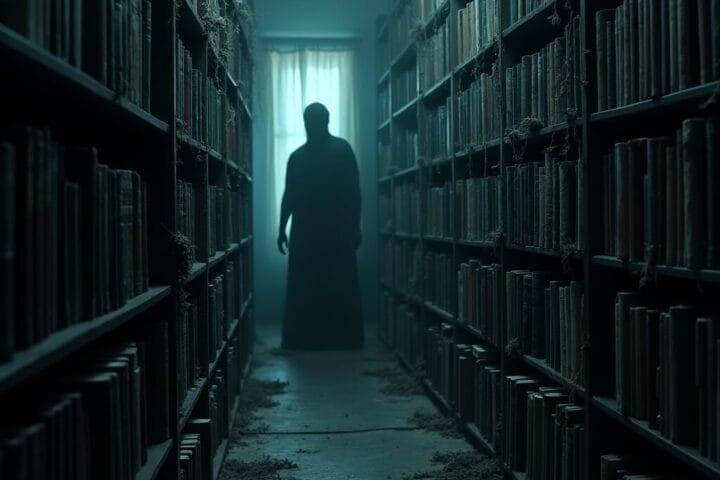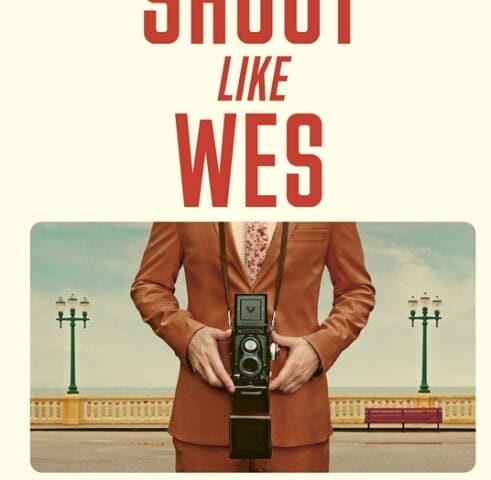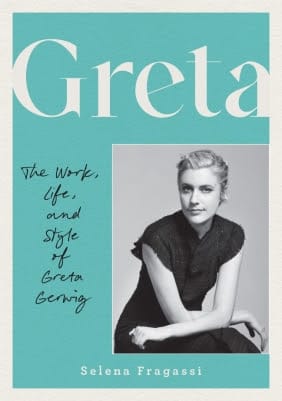- Six day celebration of the 100th anniversary of T S Eliot’s The Waste Land
- Walk where Eliot walked, seeing the churches and streets that map The Waste Land
- The streets and churches of the City of London feature throughout the poem and inspired Eliot’s writing while he worked there
- A multi-arts programme featuring a plurality of experience: fado & flamenco, Finnish Kaustinen & English folk music, Gospel music & spirituals, classical chamber & contemporary minimalist music, Orkney song & sea shanties, poetry readings & literary in-conversations, Indian Raga & American ragtime, Anatolian sufi & western sacred music, Arabic hip-hop & ancient qunan playing, opera & spiritual rock along with specially commissioned film, video and sound installations.
- A spiritual and up-lifting celebration that encourages audiences to journey through the old heart of London connecting with performances in unique and transformative spaces. This will be the largest curated event to celebrate the poem’s centenary
- In tribute to Eliot’s masterpiece these 22 churches within the City of London will join together for the first time to allow audiences to curate their own Festival experience
- Featuring a one-off combination of professional and amateur artists
- 22 locations marking the 100th anniversary in 2022
- Tickets are on sale from 1 March from www.thewasteland2022.com
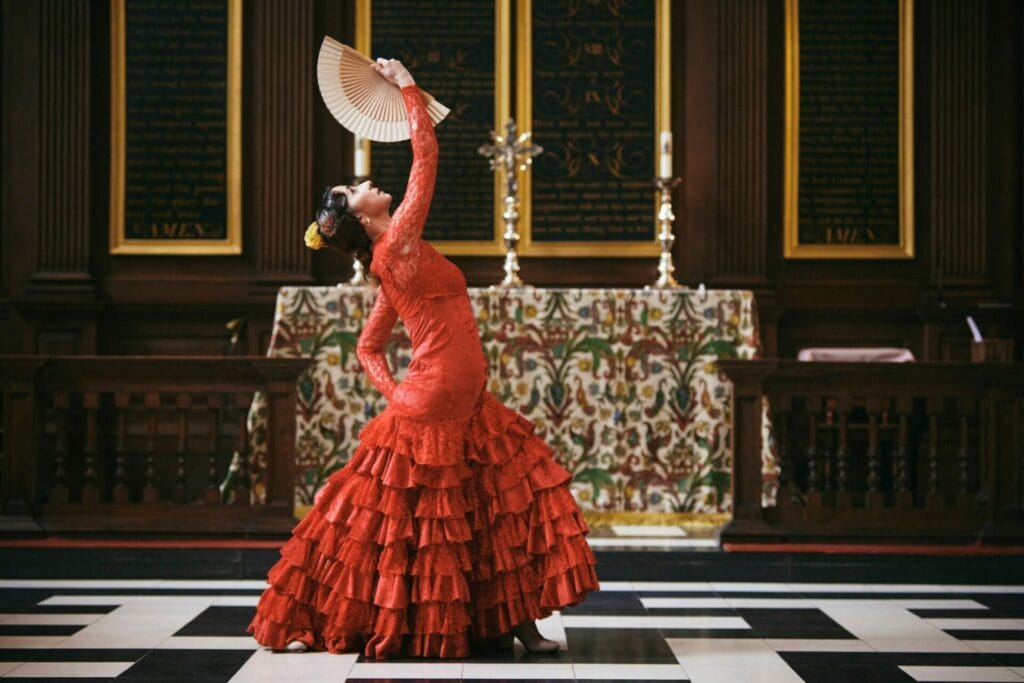
To celebrate the 100th anniversary of TS Eliot’s masterpiece The Waste Land, the Eliot Estate has commissioned DoranBrowne Arts Imagineers to curate f r a g m e n t s,a six day festival featuring multiple diverse performances in 22 unique and extraordinarily intimate late-medieval churches many just a short walk from each other across the City of London inspired by themes and images from the poem. All connecting performance, poetry and place.
‘The Waste Land is perhaps the great London poem and the T S Eliot estate is delighted to commemorate its centenary in the City that inspired Eliot’s haunting vision of a collapsing European culture. We hope you will join us at this ‘fragments’ Festival celebrating a masterpiece’s 100th birthday’ Clare Reihill, Trustee, T S Eliot estate
“T S Eliot’s poem is a rich cultural vision of high and popular art, western and eastern, and as a public celebration we want our audience to feel a similar exhilaration as they experience the f r a g m e n t s festival. We hope it will be a unique shared experience as the audience move through five or more different genres within the space of one event whilst also taking in the breath-taking beauty of these late medieval churches, 15 of which were originally created by the architect Sir Christopher Wren. Any centenary of a great work of art such as Eliot’s The Waste Land is a moment in which to pause and reflect. To do so in the actual geography cited in much of the poem is a one-off opportunity not to be missed”. Seán Doran and Liam Browne of DoranBrowne.
Eliot wrote The Waste Land while working as a banker in the City of London, he created his masterpiece immersed in the world of finance while surrounded by places of deep faith and spirituality represented by the myriad churches sitting side by side with the worship and pursuit of mammon, now represented by The Cheesegrater, The Gherkin and the Walkie-Talkie. This celebration – f r a g m e n t s – takes audiences physically to places named in the poem offering a chance to explore this fascinating and intact part of London and to imagine what it might have been like in the early part of the 20th century as Eliot worked in his below ground office in the foreign transactions department at Lloyd’s Bank. Each fragment is performed in a location that creates an intimate connection between the poem and the place. A unique opportunity to engage with works of art in these spaces, the festival will hope to deliver a spiritual and uplifting experience that is an appropriate celebration of Eliot’s great work as it marks its 100th anniversary.
I should love to write a book on Wren, or at least on the églises assassinées of London
T S Eliot (Oct 1921)
Following the methodology of Eliot’s writing, f r a g m e n t s has been devised to combine a plurality of different voices, different spiritual cultures, popular culture as well as high art. Just as Eliot brought a diversity of styles, influences and tastes into his writing so the curators have done the same to reflect the defining elements of The Waste Land.
Creating an individual ‘shuffle festival’, audiences are invited to design their own route through the events, which will include music, film, poetry and installation. Moving from church to church, all of which are situated within one square mile of each other, they will experience the different performances in fragments reflecting the structure of the poem itself. Audiences will select one of the 5 Celebrations and move between the events programmed in that time slot.
A highly spiritual and humanist poem, The Waste Land grew out of a reaction to recent global catastrophes of that period: The Great War and its impact (changes and tensions between the sexes, poverty, a housing crisis, the state of the Empire and Britain’s role internationally), the Spanish Flu pandemic, the rise of the Suffragette movement. All of this led to a period of major transition and trauma. Set in the City of London where Eliot worked while he was writing it, the poem is multicultural and multilingual, and in it changed poetry forever.
DoranBrowne Arts Imagineers has brought together a diverse multi-arts programme featuring a wide range of artists presenting work that either makes direct reference to the poem, or draws upon the themes, settings and past culture that initially inspired Eliot to write the work. At the centre of the festival programme is a specially commissioned sound installation by Pierre-Yves Macé made up of 10 different voices. It all comes together to create an artistic celebration and tribute to the legacy of The Waste Land as it marks its 100th anniversary. The music line-up spanning classical, folk and spiritual music from across the globe includes Gavin Bryars, Sam Lee, Erland Cooper and the Shards Choir, The Secret Ensemble, Amies Freedom Choir, Maya Youssef, Voces8, the Incognito Gospel Choir, the Navarra Quartet and repertoire by Messiaen, Wagner, Stravinsky, Ravel, Pärt and Poulenc among others. Philip Glass’ iconic film Koyaanisqatsi will be screened on a loop alongside live readings of influential poems from the last 100 years selected by previous winners of the T S Eliot Prize performed by Tamsin Greig, Imogen Stubbs and Toby Jones.
A secular sermon by Jeanette Winterson at Southwark Cathedral and a set of songs by Liam Ó’Maonlaí at St Mary Woolnoth forming the double opening event on Thursday 7 April. Eliot described the sermon as ‘a form of literary art’. Winterson’s sermon in Southwark Cathedral is written to inspire us in these difficult times. In the atmospheric surroundings of the small intimate St Mary Woolnoth church, now known as the Amazing Grace church, the Irish singer-songwriter, Liam Ó’Maonlaí (of the Hothouse Flowers) will deliver a soulful set of songs in harmony with the church’s ethos. Macé’s sound installation entitled Spread from Ear to Ear begins on Friday 8 April at 1pm and continues throughout the weekend alongside filmed readings of The Waste Land at All Hallows Crypt. The Festival will then roll out over five three-hour long sessions between Friday evening 8 April and Sunday Afternoon 10 April. Each of the sessions will feature unique performances from a range of performers alongside installations that will happen throughout the weekend. The festival concludes on 11 and 12 April with a tribute to Marie Lloyd, Eliot’s favourite music hall performer, starring Jenna Russell at Wilton’s Music Hall Marie, Marie, Hold on Tight! is a sort-of-musical that marks the centenary of Marie Lloyd’s death and The Waste Land’s birth and which could really only be staged at Wilton’s. It tells the very funny and moving story of the unlikely relationship between the work of two unhappy people and great artists..
Performances take place in 22 churches throughout the City of London. All within easy walking distance of each other. Two of the churches – St. Mary Woolnoth and St. Magnus the Martyr – feature in the poem and all have been chosen because of their connection to a theme or line or image from The Waste Land.
Full programme information can be found by visiting www.thewasteland2022.com





